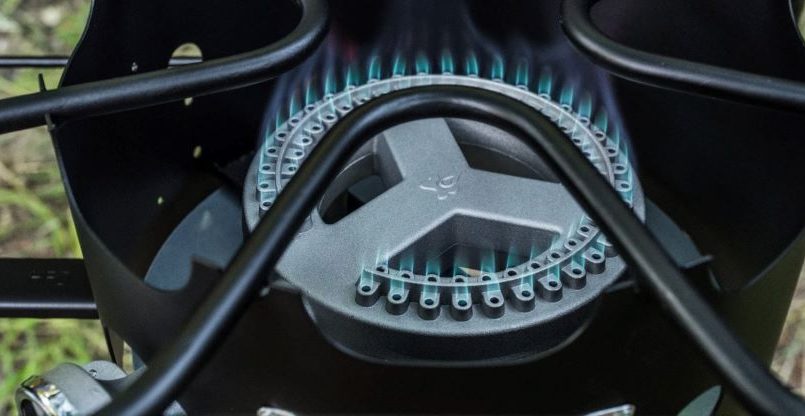A gas stove is a kitchen workhorse, providing consistent heat for countless meals. When the flames start to dwindle, it can be frustrating and impact your cooking efficiency. But don’t despair! Low flames on all burners are often a solvable issue. Let’s dive into the potential culprits, including fixing low flames, and solutions.
Fixing Low Flames on All Burners: Understanding the Problem
Before we start troubleshooting, it’s essential to pinpoint the exact problem. Are the flames consistently low on all burners? Is the flame color abnormal (yellow instead of blue)? Is there a gas leak? Identifying the specific issue, such as gas range low flame, will guide your next steps.
Fixing Low Flames: Common Causes of Low Gas Stove Flames
- Clogged Burner Openings: This is the most common culprit. Over time, food residue, grease, and other debris can accumulate in the tiny openings of your gas burners. This restricts gas flow, resulting in weak flames.
- Dirty Gas Supply Tube: The tube that delivers gas to the burners can also become clogged. While less frequent, this issue can significantly reduce gas flow.
- Low Gas Pressure: If the gas supply to your stove is insufficient, it will manifest as weak flames on all burners. This problem typically requires professional attention.
- Orifice Issues: The orifice is a small hole at the end of the gas supply tube. If it’s clogged or damaged, it can restrict gas flow.
- Stove Age and Wear: Older stoves might experience general wear and tear, leading to decreased efficiency.
DIY Solutions: Restore Your Stove’s Power
Safety First: Before you start any repairs, turn off the gas supply to your stove.
- Deep Clean the Burners:
- Remove the burner caps and grates.
- Soak the burner caps in a mixture of warm water and dish soap for about an hour.
- Use a small, soft-bristled brush to gently scrub away any residue.
- Rinse thoroughly and let dry completely before reassembling.
- Pay close attention to the tiny openings where the gas escapes. Use a toothpick or a thin wire to clear any blockages carefully.
- Inspect and Clean the Gas Supply Tube:
- Locate the gas supply tube, usually a metal or rubber hose connected to the gas line.
- Check for any visible damage, cracks, or kinks. If you find any, replace the tube immediately.
- If the tube appears clean, leave it as is. Avoid unnecessary tampering.
- Verify Gas Pressure:
- While checking gas pressure requires specific tools, you can observe the overall gas supply to your home. If other gas appliances like your water heater or oven are working correctly, the issue likely lies elsewhere.
- Orifice Cleaning (Advanced):
- Orifice cleaning requires more technical expertise and specialized tools. If you’re unsure about this step, it’s best to call a professional.
Fixing Low Flames on All Burners: Prevention is Key
- Regular cleaning is essential to prevent future clogs.
- Avoid using harsh chemicals or abrasive scrubbers that could damage the burner caps.
- Use a stovetop cover to minimize grease splatters.
- Consider using a gas stove drip pan to catch spills and make cleaning easier.
When to Call a Professional
If you’ve tried the DIY solutions and the problem persists, it’s time to call a qualified appliance repair technician. They have the tools and expertise to diagnose and fix more complex issues, such as:
- Gas leaks
- Faulty gas valves
- Worn-out components
Remember, safety should always be your top priority. If you suspect a gas leak, evacuate your home immediately and contact the gas company.
Related: What is the Difference Between Spa Shock and Spa Sanitizer?
By following these steps and maintaining a positive attitude, you can successfully tackle low gas stove flames and enjoy cooking again.
Do you have any other questions about your gas stove or need more specific advice?


